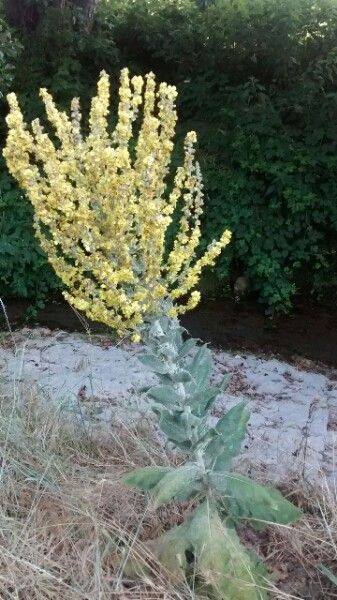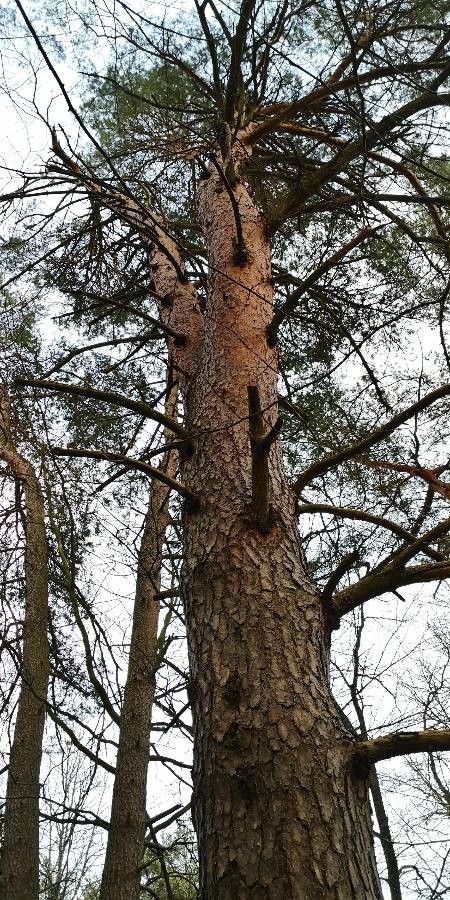## Broad-Leaf Mullein: A Majestic Biennial
Broad-leaf mullein ( *Verbascum thapsus*), a member of the Scrophulariaceae family, is a striking biennial plant known for its large, velvety leaves and tall flower stalks. Its imposing presence and rich history make it a captivating addition to gardens and a fascinating subject for herbalists and plant enthusiasts alike. This comprehensive guide will explore its characteristics, cultivation, and traditional uses.
### Habitat and Growth
Broad-leaf mullein thrives in full sun and well-drained soil. It's highly adaptable and can tolerate various soil types, though it prefers sandy or gravelly conditions. Native to Europe, Asia, and North Africa, it has naturalized in many temperate regions across the globe. It's often found in disturbed areas such as roadsides, fields, and wastelands, showcasing its resilience.
The first year of growth focuses on developing a large rosette of basal leaves. These leaves are impressively large, oval-shaped, and covered in dense, soft hairs—giving them their characteristic velvety texture. The second year sees the plant send up a tall, unbranched flower stalk, sometimes reaching heights of over six feet. This stalk is adorned with densely packed, yellow flowers that bloom from the bottom up, attracting pollinators such as bees and butterflies.
### Planting and Care
Broad-leaf mullein is easily grown from seed. Sow seeds directly outdoors in spring or autumn. As a biennial, it requires minimal care. Water regularly, especially during dry periods, but ensure the soil is well-drained to prevent root rot. While mullein is relatively pest-resistant, monitor for potential infestations of aphids or other common garden pests.
### Traditional Uses and Medicinal Properties
For centuries, broad-leaf mullein has been valued for its medicinal properties. The leaves and flowers contain various compounds believed to possess expectorant and anti-inflammatory effects. Traditionally, it has been used to treat respiratory ailments such as coughs, bronchitis, and asthma. The leaves were often infused into teas to soothe irritated throats and ease breathing difficulties. *Always consult a healthcare professional before using mullein for medicinal purposes.*
### Wildlife Benefits
Beyond its human uses, broad-leaf mullein offers benefits to wildlife. Its tall flower stalks provide a valuable late-season nectar source for bees and other pollinators. The plant also provides shelter and habitat for small insects and animals.
### Considerations
While broad-leaf mullein is generally considered non-invasive, it can self-seed readily. If you wish to control its spread, remove the flower stalks before they go to seed. Also, be aware that all parts of the plant are slightly toxic when ingested in large quantities.
### Conclusion
Broad-leaf mullein, with its impressive size and historical significance, is a truly captivating plant. Whether you're interested in its medicinal properties, its ecological contributions, or simply its majestic beauty, this biennial deserves a place in your garden or knowledge base. Its adaptability and ease of cultivation make it an accessible choice for both experienced and novice gardeners alike.
Broad-Leaf Mullein: Planting, Care & Uses

Frequently Asked Questions
How to grow broad-leaf mullein from seed?
Sow seeds directly outdoors in spring or autumn in well-drained soil. Maintain adequate moisture, particularly during dry spells. Thin seedlings to ensure sufficient space for growth.
What are the medicinal uses of broad-leaf mullein?
Traditionally, broad-leaf mullein has been used to treat respiratory issues like coughs and bronchitis. Its leaves are often infused into tea for soothing relief. *Always consult a healthcare professional before using for medicinal purposes.*


